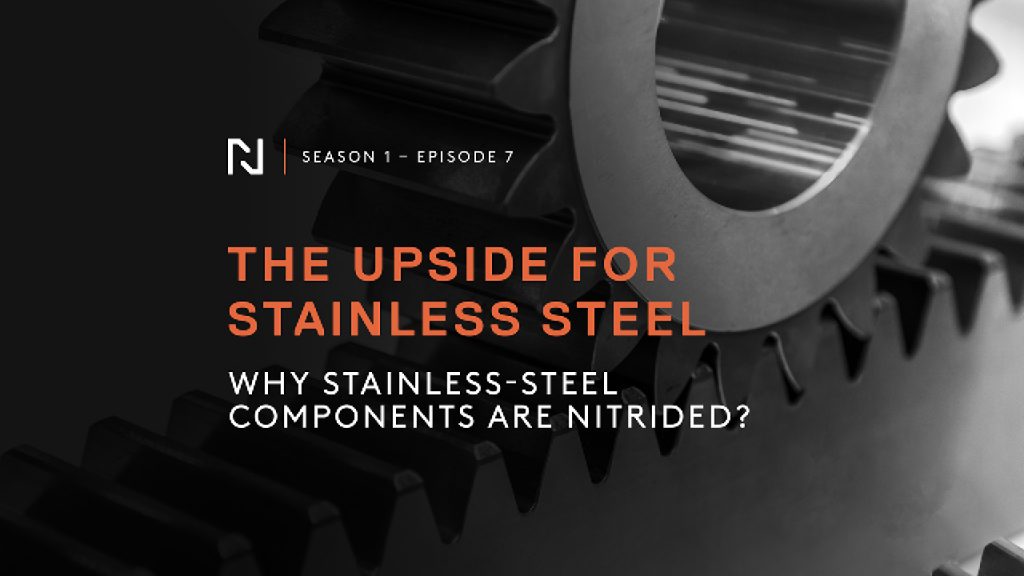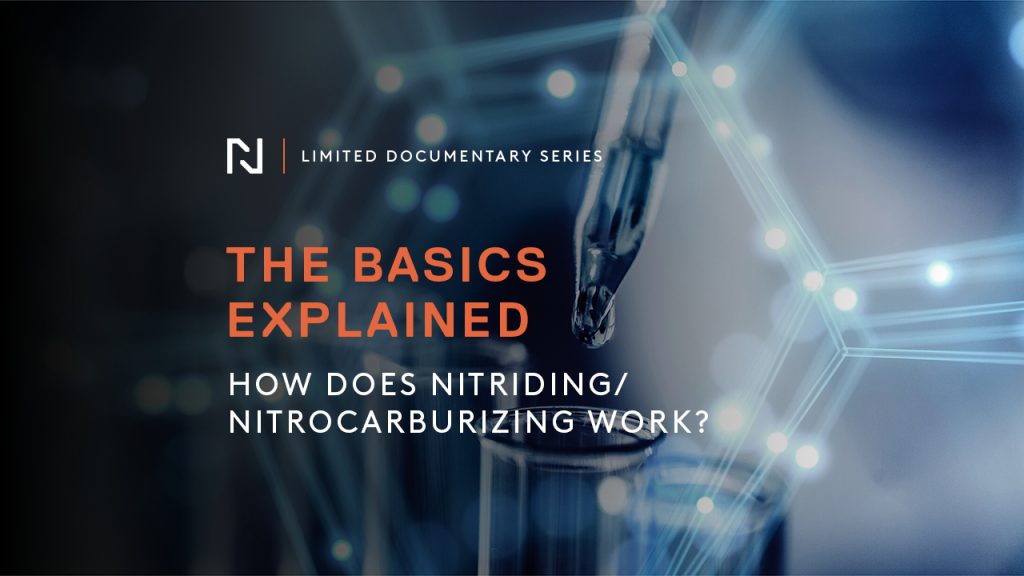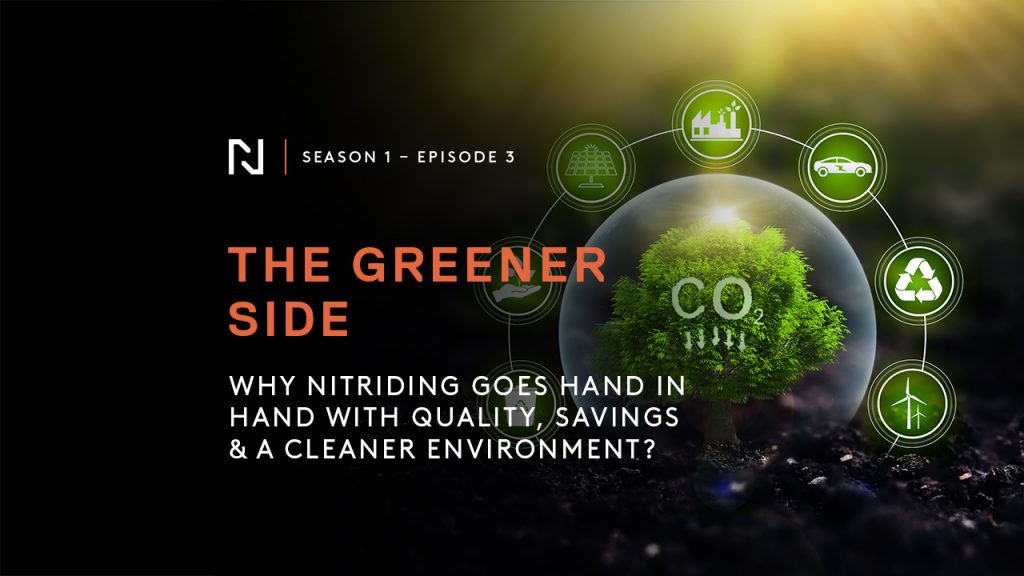Controlled nitriding is a powerful heat treat process that can enhance the properties of your stainless steel. In this article, we explore what nitriding is, the benefits it offers, and why it’s a game-changer for stainless steel applications.
A DEEPER LOOK AT NITRIDING
Nitriding is a surface hardening process that strengthens the outer layer of your parts/applications. By diffusing nitrogen to the surface, it creates a strong bond with iron and alloying elements, such as chromium and aluminum. The result? Hard metallic nitrides that boost the part’s durability.
Nitriding is carried out in the 415°C-600°C (779°F-1112°F) range, ensuring an efficient process characterized by uniform diffusion, minimized distortion, controlled process time, and reduced energy consumption.
THE ADVANTAGES YOU CAN’T IGNORE
Nitriding offers a range of advantages:
- Increased Surface Hardness with a Ductile Core: It combines hardness with toughness, making your components more resilient.
- Lower Temperature, Less Distortion: Nitriding is performed at lower temperatures compared to carburizing, resulting in reduced part distortion and excellent dimensional control.
- Green Technology: Nitriding is an environmentally responsible surface hardening method, generating minimal waste and pollution, aligning with green manufacturing practices.
- Corrosion Protection: Nitriding may marginally affect corrosion resistance, but our patented controlled process minimizes this effect.
WHAT STAINLESS STEEL GRADES CAN BE NITRIDED?
Nitriding is a versatile process applicable to various stainless-steel grades, including 303, 316, 410, 431, 422, 17-4PH, and 15-5PH.
Where Nitriding Shines
Typical applications for nitriding stainless steel include inserts, pins, gears, rings, valve stems, pinions, and more.
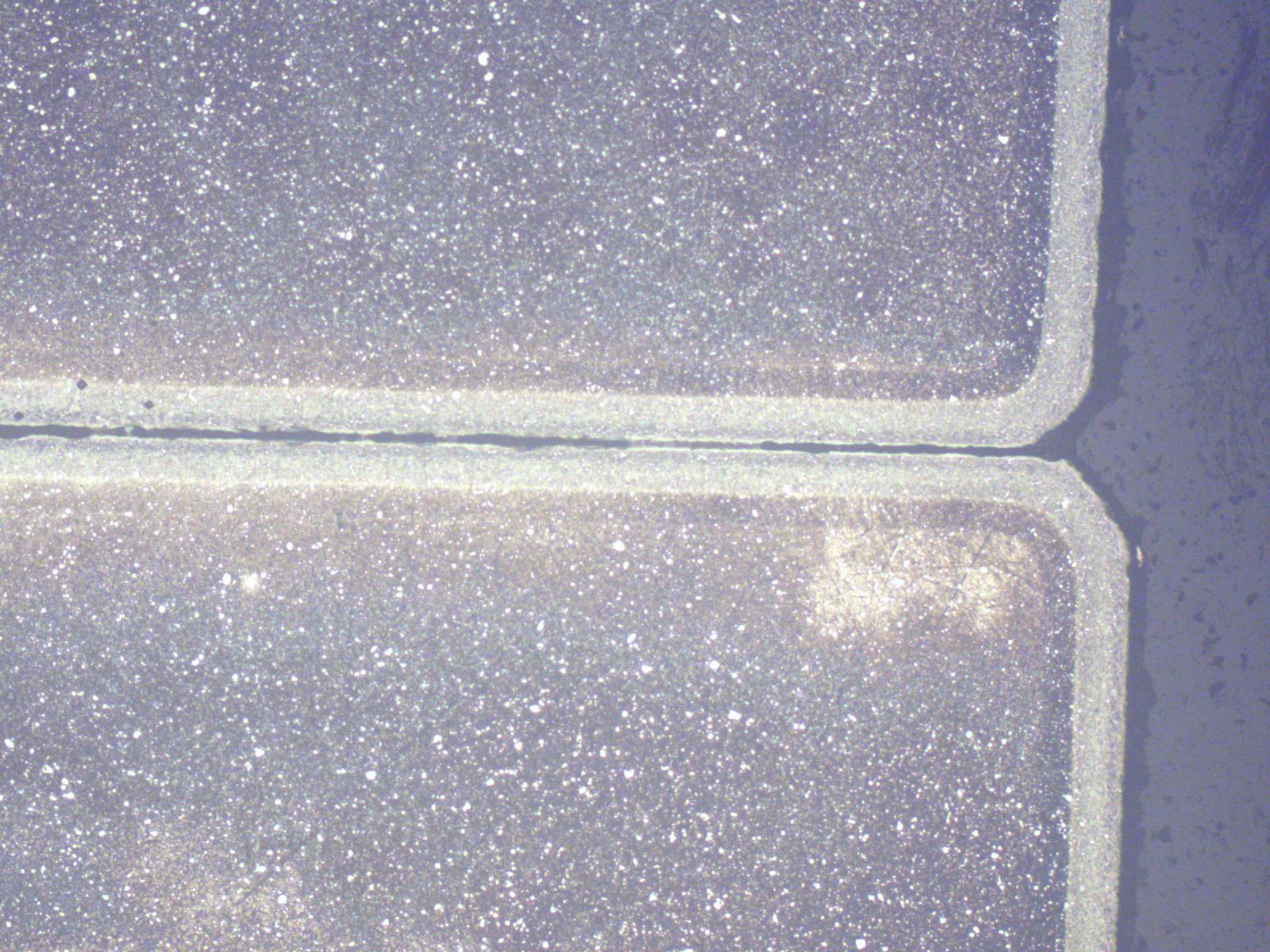
Cross section of piston ring with a 75-micron visual case and a white layer of less than 5 microns. Due to its high chromium content, stainless steel tends to develop very hard nitride layers, making it important to control diffusion case and white layer.
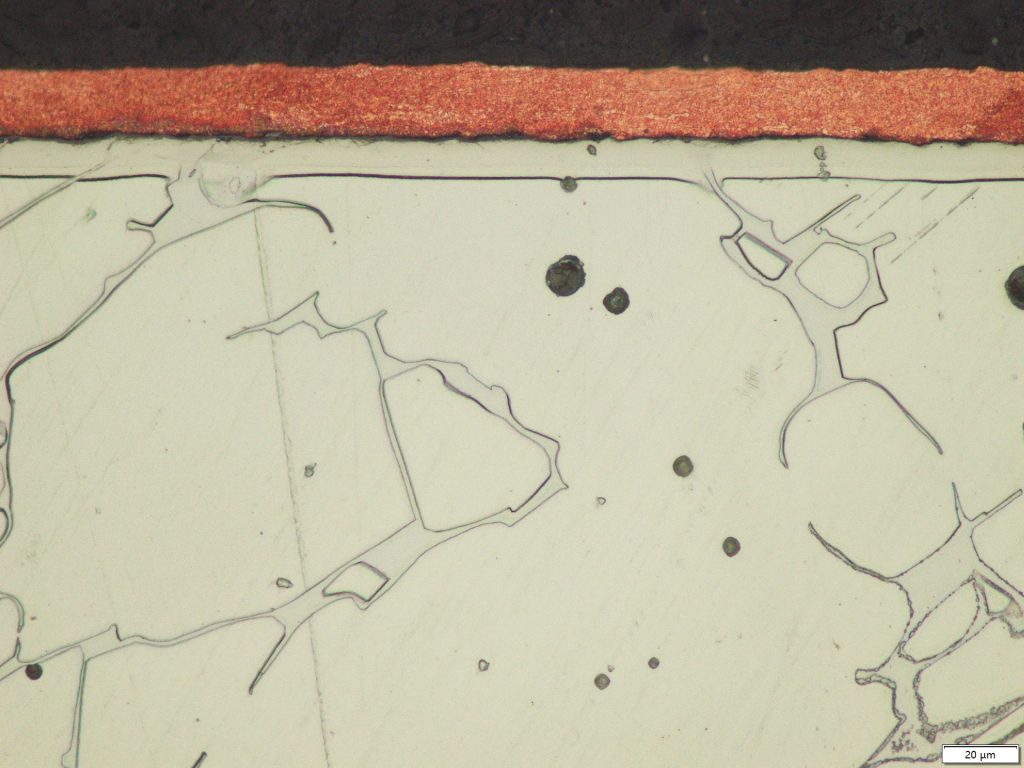
Microstructure of a pump housing made of cast 316L stainless steel and undergone a low-temperature nitriding (S-phase) treatment to improve wear resistance.
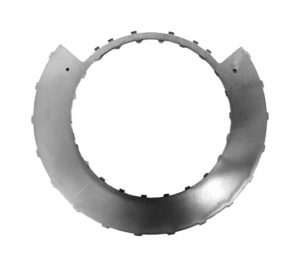
The insert shown above, a component of a finger meter used for agricultural seeding purposes, has undergone nitriding to improve its wear resistance.
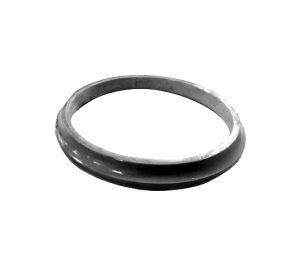
Nitriding aerospace engine bearings improves abrasive wear resistance.

